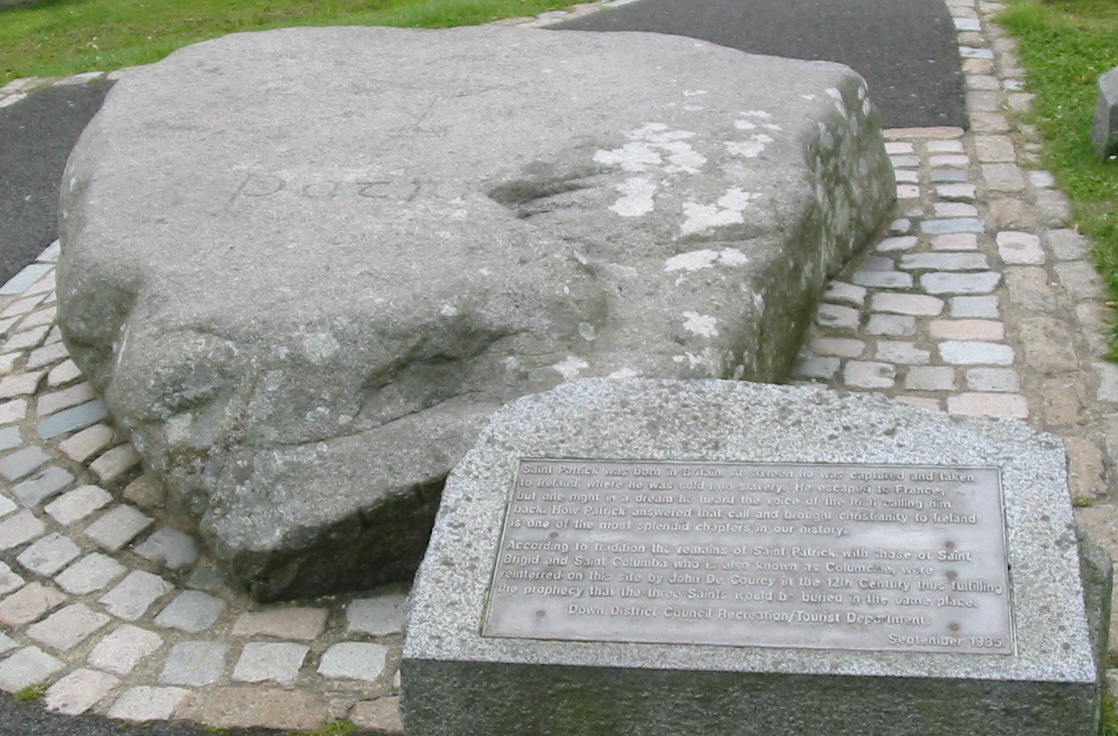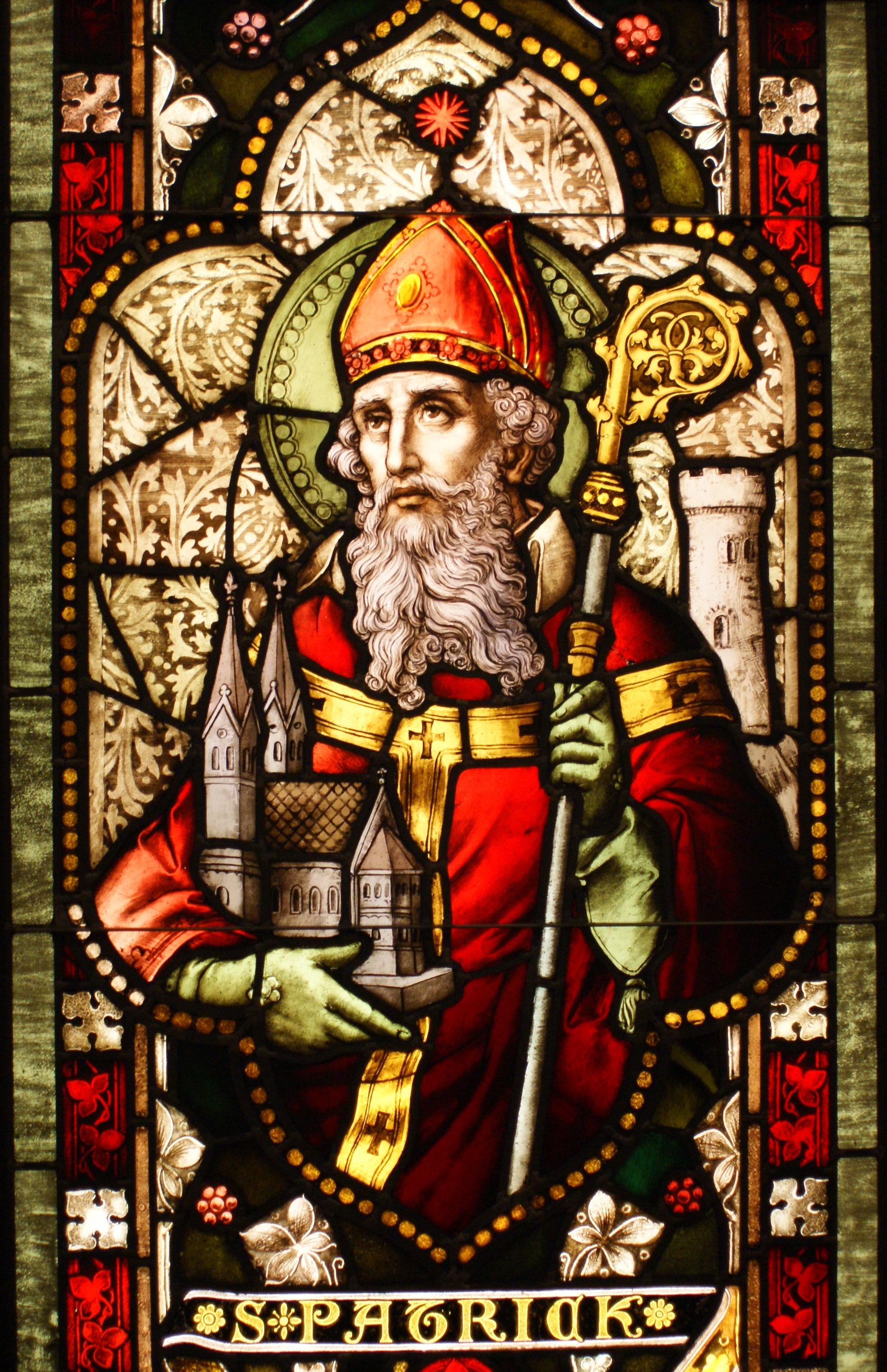Saint Patrick (Latin: Sanctus Patricius, Irish: Naomh Pádraig) (c. 387 – 17 March, 493); was a Romanized-Celt, a Romano-Briton and Christian missionary, who is the most generally recognised patron saint of Ireland (although Brigid of Kildare and Colmcille are also formally patron saints).




Two authentic letters from him survive, from which come the only universally accepted details of his life. When he was about 16 he was captured from Britain by Irish raiders and taken as a slave to Ireland, where he lived for six years before escaping and returning to his family. After entering the Church, he returned to Ireland as an ordained bishop in the north and west of the island, but little is known about the places where he worked.
By the eighth century he had come to be revered as the patron saint of Ireland. The Irish monastery system evolved after the time of Patrick and the Irish church did not develop the diocesan model that Patrick and the other early missionaries had tried to establish.
Pious legend credits Patrick with banishing snakes from the island, though all evidence suggests that post-glacial Ireland never had snakes; one suggestion is that snakes referred to the serpent symbolism of the Druids of that time and place, as shown for instance on coins minted in Gaul, or that it could have referred to beliefs such as Pelagianism, symbolised as “serpents”. Legend also credits Patrick with teaching the Irish about the concept of the Trinity by showing people the shamrock, a 3-leaved clover, using it to highlight the Christian belief of ‘three divine persons in the one God’ (as opposed to the Arian belief that was popular in Patrick’s time).
Most available details of his life are from later hagiographies from the seventh century onwards, and these are not now accepted without detailed criticism. Uncritical acceptance of the Annals of Ulster would imply that he lived from 340 to 440, and ministered in what is modern day northern Ireland from 428 onwards. The dates of Patrick’s life cannot be fixed with certainty, but on a widespread interpretation he was active as a missionary in Ireland during the second half of the fifth century. Saint Patrick’s Day (17 March) is celebrated both in and outside of Ireland, as both a liturgical and non-liturgical holiday. In the dioceses of Ireland it is a both a solemnity and a holy day of obligation and outside of Ireland, it can be a celebration of Ireland itself.
For most of Christianity’s first thousand years, canonisations were done on the diocesan or regional level. Relatively soon after the death of people considered to be very holy people, the local Church affirmed that they could be liturgically celebrated as saints. As a result, St. Patrick has never been formally canonised by a Pope.








